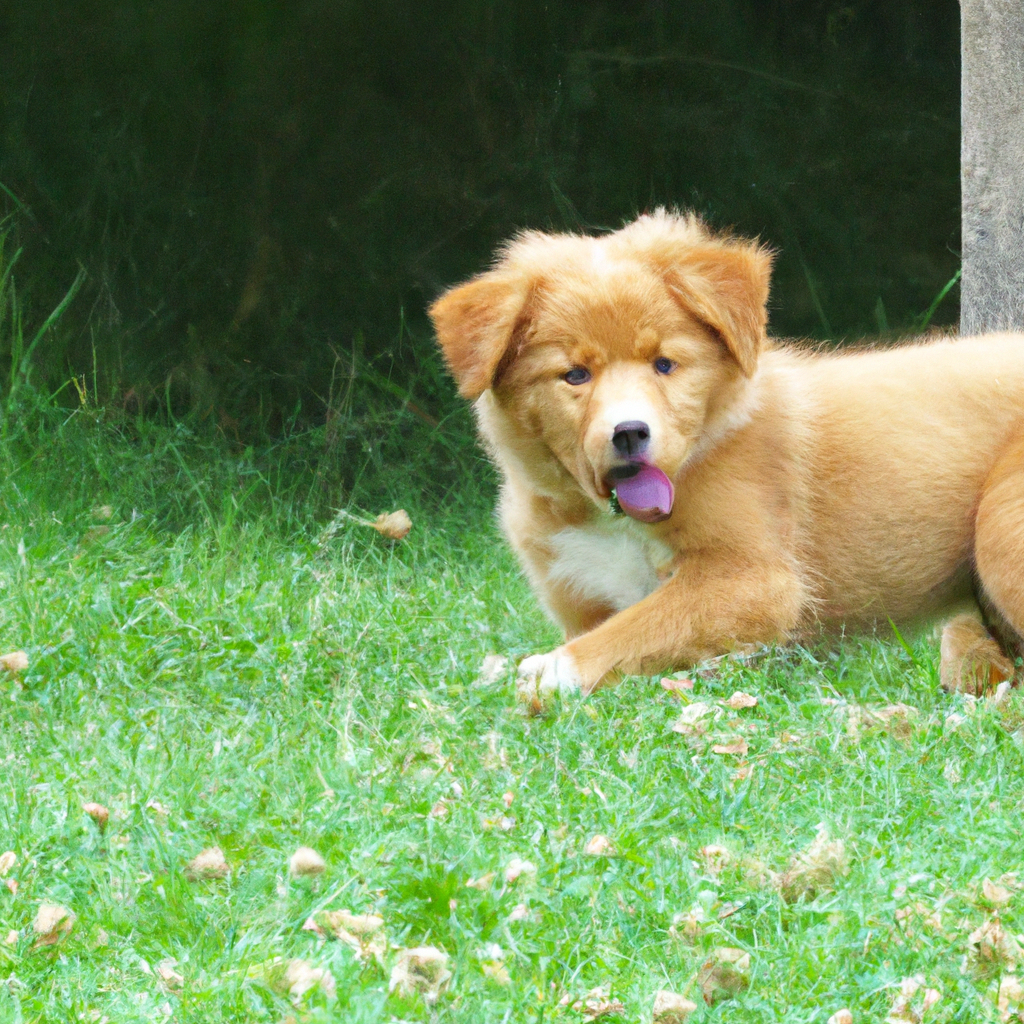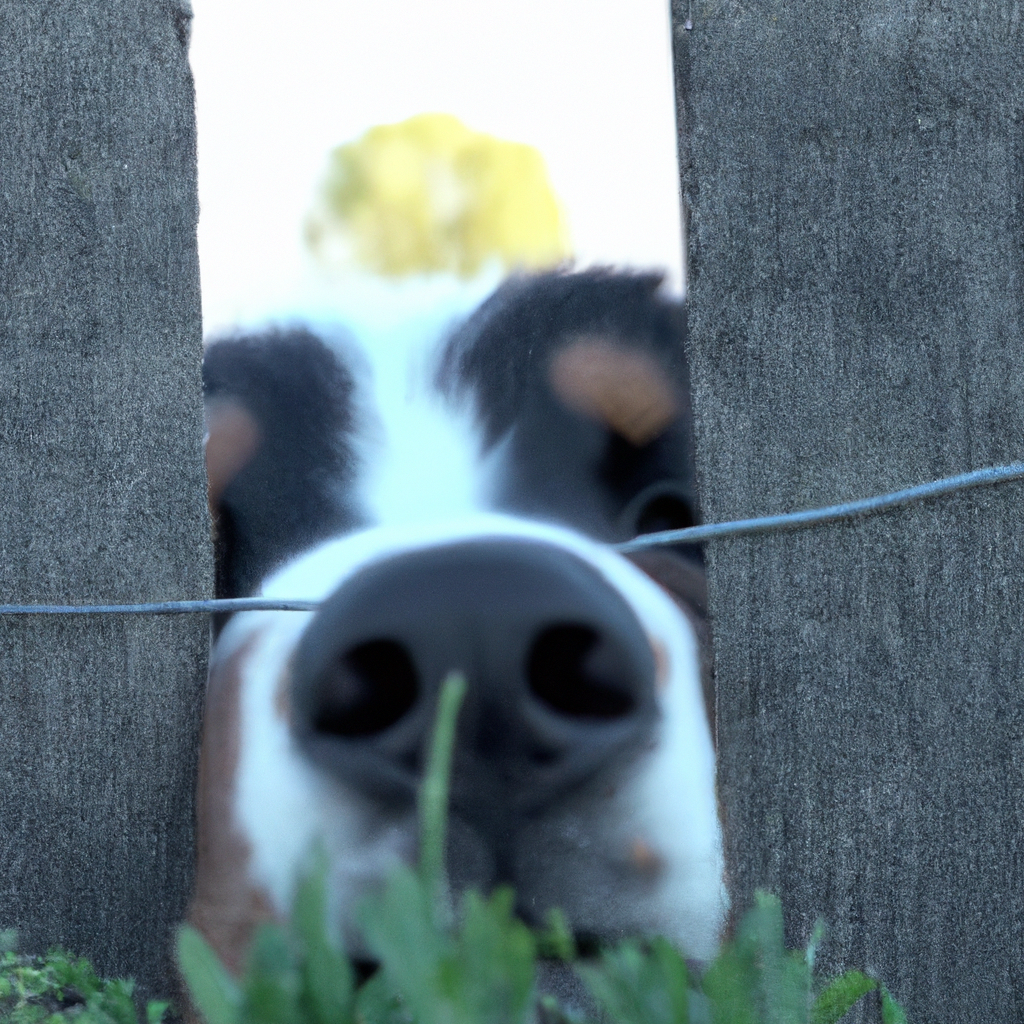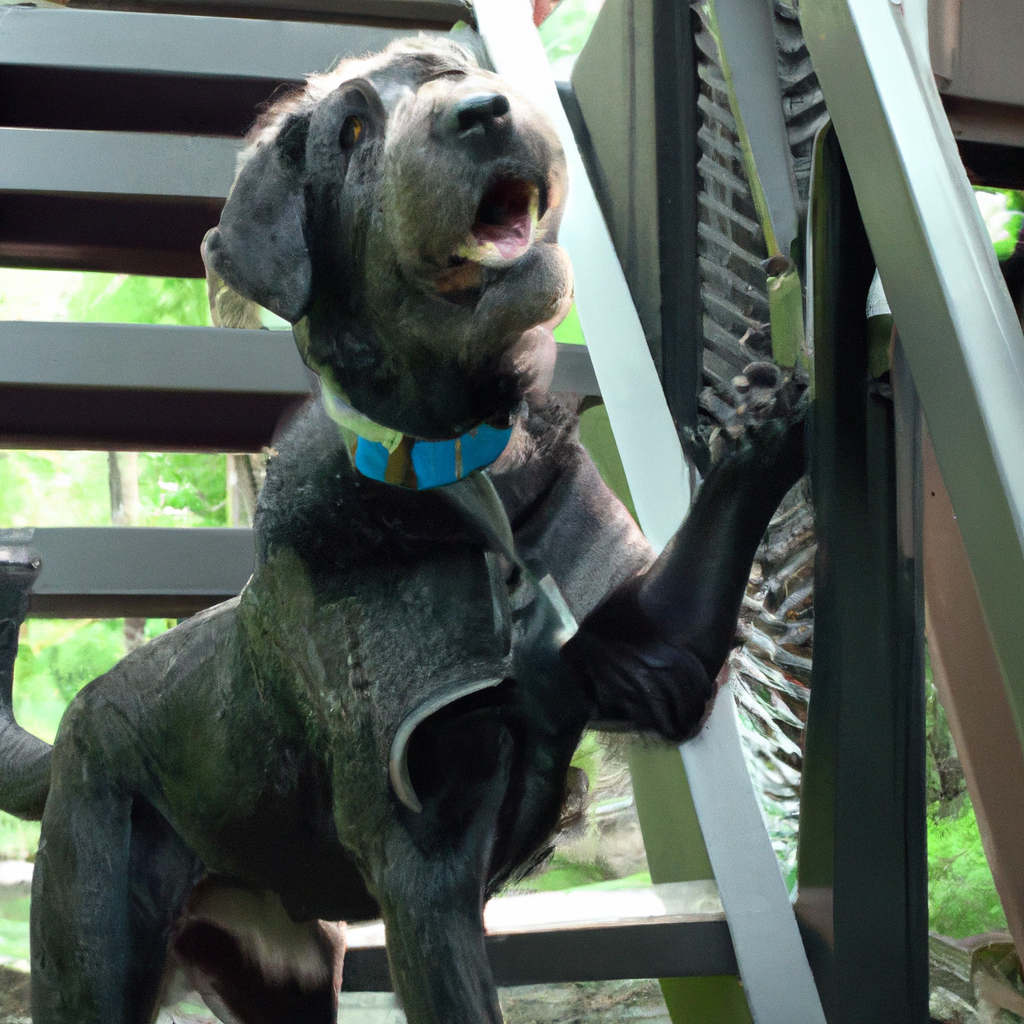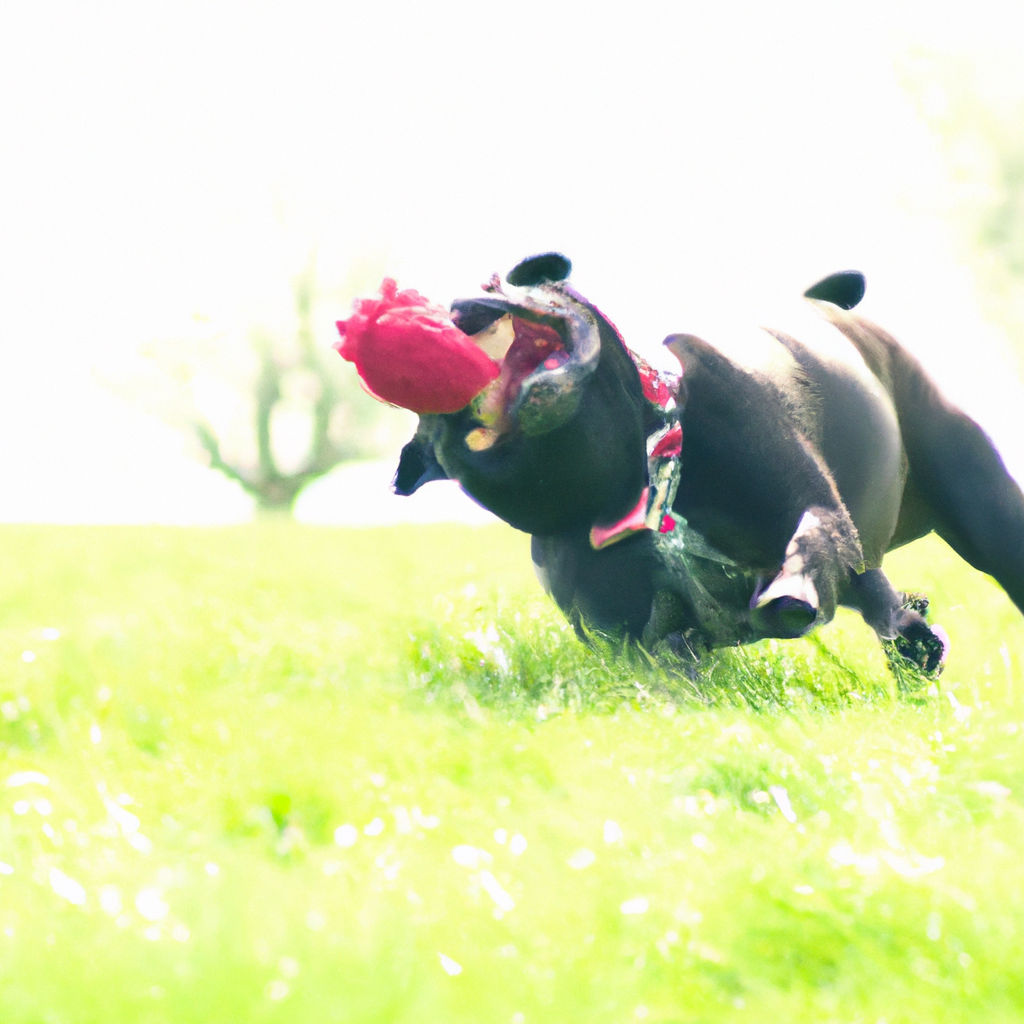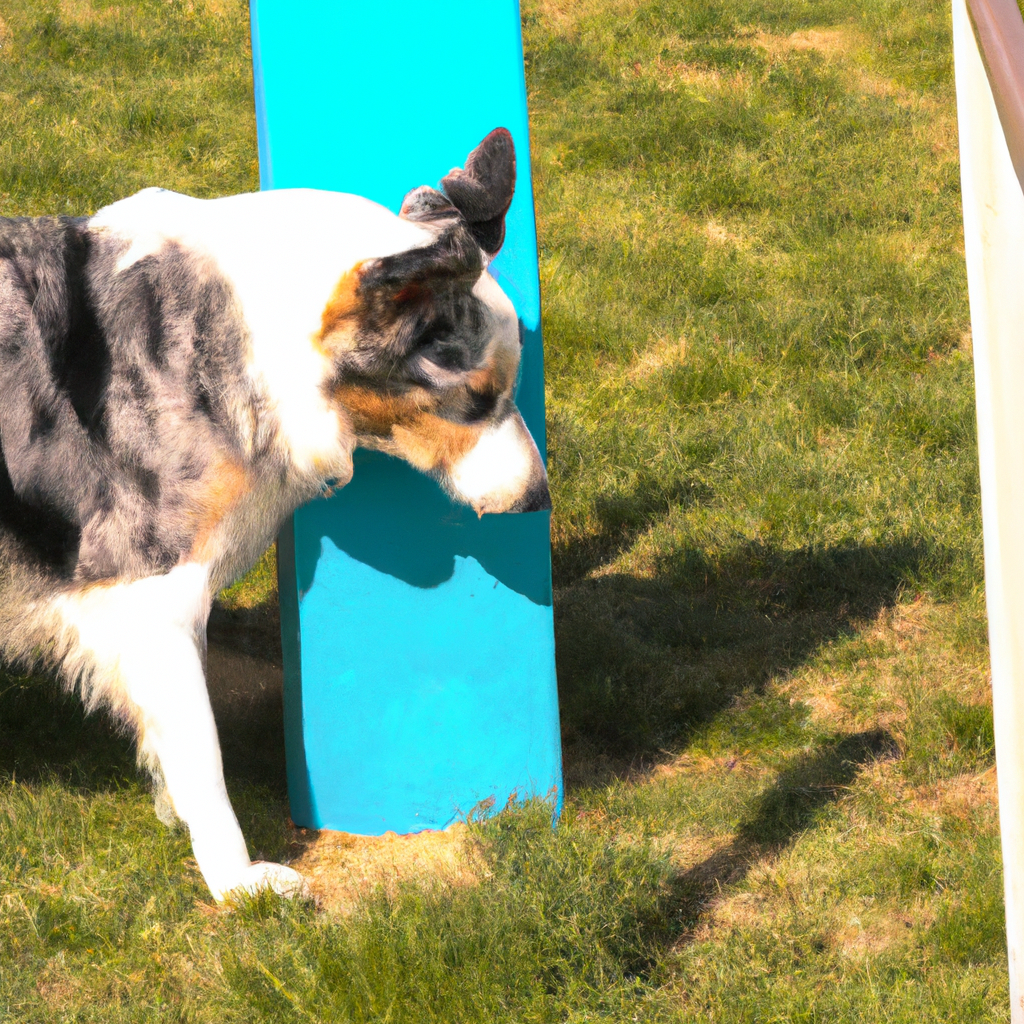“Say goodbye to accidents and hello to a well-trained pup with our expert potty training tips.”
Mastering Puppy Potty Training is an essential aspect of raising a happy and healthy pup. It can be a challenging task, but with the right tips and tricks, it can be a breeze. In this article, we will provide expert advice on how to potty train your puppy effectively. From establishing a routine to positive reinforcement techniques, we will cover everything you need to know to ensure your furry friend becomes a potty-trained pro.
Consistency in Training Schedule
Potty training a puppy can be a challenging task, but with consistency and patience, it can be mastered. One of the most important aspects of puppy potty training is establishing a consistent training schedule. In this article, we will discuss the importance of consistency in training schedule and provide expert tips and tricks to help you master puppy potty training.
Establishing a consistent training schedule is crucial for puppy potty training success. Puppies thrive on routine and predictability, and a consistent training schedule helps them understand when it is time to go potty. It is recommended to take your puppy outside to potty every two to three hours, especially after meals, naps, and playtime. This will help your puppy develop a routine and understand when it is time to go potty.
Another important aspect of consistency in training schedule is to take your puppy to the same spot every time they need to go potty. This helps your puppy associate that spot with going potty and will make it easier for them to understand where they should go. Additionally, it is important to use the same command every time you take your puppy outside to potty. For example, you can use the command “go potty” or “do your business” to signal to your puppy that it is time to go.
Consistency in training schedule also means being consistent with your praise and rewards. When your puppy successfully goes potty outside, make sure to praise them and give them a treat. This positive reinforcement will help your puppy understand that going potty outside is a good thing. However, it is important to only give treats immediately after your puppy goes potty, as giving treats at other times may confuse your puppy.
In addition to establishing a consistent training schedule, there are other expert tips and tricks that can help you master puppy potty training. One of these tips is to limit your puppy’s access to water before bedtime. This will help reduce the likelihood of accidents during the night. Additionally, it is important to supervise your puppy at all times and keep them in a confined space when you are unable to supervise them. This will help prevent accidents and make it easier for you to monitor your puppy’s potty training progress.
Another expert tip is to use a crate or playpen to help with potty training. Puppies naturally do not want to go potty in their sleeping area, so using a crate or playpen can help them understand that they should hold their bladder until they are taken outside. However, it is important to not leave your puppy in a crate or playpen for too long, as this can lead to anxiety and stress.
In conclusion, mastering puppy potty training requires consistency in training schedule and patience. Establishing a consistent training schedule helps your puppy develop a routine and understand when it is time to go potty. Additionally, using the same spot, command, and rewards every time you take your puppy outside to potty can help reinforce good behavior. Expert tips and tricks such as limiting water before bedtime, supervising your puppy at all times, and using a crate or playpen can also help with potty training. With these tips and tricks, you can successfully potty train your puppy and enjoy a happy and healthy relationship with your furry friend.
Positive Reinforcement Techniques
Potty training a puppy can be a challenging task, but with the right techniques and a lot of patience, it can be a rewarding experience for both you and your furry friend. One of the most effective methods for potty training is positive reinforcement, which involves rewarding your puppy for good behavior rather than punishing them for accidents.
Positive reinforcement techniques involve using treats, praise, and other rewards to encourage your puppy to go potty in the right place. When your puppy successfully goes potty outside, give them a treat and lots of praise. This will help them associate going potty outside with positive experiences and encourage them to repeat the behavior.
It’s important to be consistent with your rewards and praise. Make sure to give your puppy a treat and praise every time they go potty outside, even if it’s just a small amount. This will help reinforce the behavior and make it more likely that your puppy will continue to go potty outside.
Another important aspect of positive reinforcement is timing. It’s important to give your puppy a treat and praise immediately after they go potty outside. This will help them make the connection between going potty outside and the reward.
In addition to treats and praise, you can also use other rewards to encourage good behavior. For example, you can take your puppy for a walk or play with them after they go potty outside. This will help them associate going potty outside with fun activities and make it more likely that they will continue to go potty outside.
It’s important to remember that accidents will happen, especially during the early stages of potty training. When your puppy has an accident inside, it’s important to remain calm and avoid punishing them. Punishing your puppy for accidents can actually make potty training more difficult by creating fear and anxiety.
Instead of punishing your puppy, focus on reinforcing good behavior. When your puppy goes potty outside, give them lots of praise and rewards. This will help them learn that going potty outside is the right thing to do.
In addition to positive reinforcement, there are other techniques that can help with potty training. For example, you can establish a routine for taking your puppy outside to go potty. This can help them learn when it’s time to go potty and make it easier for them to hold it until they get outside.
You can also use a crate or confinement area to help with potty training. Puppies are less likely to go potty in their sleeping area, so using a crate or confinement area can help them learn to hold it until they are taken outside.
Overall, positive reinforcement is one of the most effective techniques for potty training a puppy. By using treats, praise, and other rewards, you can encourage your puppy to go potty in the right place and reinforce good behavior. Remember to be patient and consistent, and your puppy will soon be a potty training pro.
Proper Use of Crate Training
Potty training a puppy can be a challenging task, but with the right techniques and consistency, it can be mastered. One of the most effective methods of potty training is crate training. Crate training is a process of teaching your puppy to associate their crate as a safe and comfortable space, while also using it as a tool for potty training.
The first step in crate training is to choose the right size crate for your puppy. The crate should be big enough for your puppy to stand up, turn around, and lie down comfortably, but not so big that they have enough space to use one end as a bathroom and the other as a sleeping area. A crate that is too big can also make your puppy feel insecure and anxious.
Once you have the right size crate, it’s time to introduce your puppy to it. Start by placing the crate in a quiet area of your home, away from any distractions. Place a soft blanket or bed inside the crate to make it comfortable for your puppy. Encourage your puppy to explore the crate by placing treats or toys inside. You can also feed your puppy their meals inside the crate to create a positive association.
When it’s time for your puppy to sleep or rest, gently guide them into the crate and close the door. Stay nearby for a few minutes to reassure your puppy that they are safe and secure. Gradually increase the amount of time your puppy spends in the crate, starting with just a few minutes and gradually working up to several hours.
It’s important to remember that your puppy should never be left in the crate for extended periods of time. Puppies have small bladders and need to go outside frequently to relieve themselves. As a general rule, puppies can hold their bladder for one hour for every month of age, plus one. For example, a three-month-old puppy can hold their bladder for four hours.
When it’s time for your puppy to go outside, take them directly from the crate to the designated potty area. Use a consistent command, such as “go potty,” to encourage your puppy to do their business. When your puppy successfully goes potty outside, praise them and give them a treat. This positive reinforcement will help your puppy understand that going potty outside is a good thing.
If your puppy has an accident inside the crate, it’s important to clean it up immediately. Use an enzymatic cleaner to remove any odor, as the scent of urine or feces can encourage your puppy to use the crate as a bathroom. Avoid using any harsh chemicals or ammonia-based cleaners, as these can actually make the smell worse.
Consistency is key when it comes to crate training. Stick to a regular schedule for feeding, potty breaks, and crate time. This will help your puppy establish a routine and make it easier for them to understand when it’s time to go outside. It’s also important to be patient and understanding. Potty training takes time and accidents will happen. Stay positive and keep working with your puppy, and soon they will be a potty training pro.
In conclusion, crate training is an effective method for potty training your puppy. Choose the right size crate, introduce your puppy to it gradually, and use it as a tool for potty training. Remember to never leave your puppy in the crate for extended periods of time, and always take them directly from the crate to the designated potty area. With consistency and patience, your puppy will master potty training in no time.
Understanding Your Puppy’s Body Language
Potty training a puppy can be a challenging task, but with the right approach and understanding of your puppy’s body language, it can be a smooth process. Puppies are like babies, and they need to be taught how to control their bladder and bowel movements. Understanding your puppy’s body language is crucial in potty training, as it helps you anticipate when they need to go and take them outside in time.
One of the first things you need to do when potty training your puppy is to observe their behavior. Puppies have a routine, and they tend to go potty after eating, drinking, playing, or waking up from a nap. You need to keep an eye on your puppy and take them outside at these times to prevent accidents inside the house. If you notice your puppy sniffing around or circling in one spot, it’s a sign that they need to go potty. You should take them outside immediately and wait for them to do their business.
Another important aspect of understanding your puppy’s body language is to pay attention to their vocal cues. Puppies may whine, bark, or scratch at the door when they need to go outside. You should respond to these cues promptly and take them outside. If you ignore these cues, your puppy may have an accident inside the house, which can set back your potty training progress.
It’s also essential to understand your puppy’s body language when they are inside the house. Puppies may show signs of restlessness, pacing, or sniffing around when they need to go potty. You should take them outside immediately and wait for them to do their business. If your puppy has an accident inside the house, you should clean it up thoroughly to remove any scent that may attract them to the same spot again.
In addition to observing your puppy’s behavior and vocal cues, you should also establish a routine for potty breaks. Puppies need to go outside frequently, especially during the first few weeks of potty training. You should take them outside every two to three hours, as well as after meals, naps, and playtime. You should also take them outside before bedtime to prevent accidents during the night.
When taking your puppy outside for potty breaks, you should choose a designated spot in your yard or outside your apartment. This spot should be away from any distractions, such as toys or other pets, and should have a consistent scent that your puppy can associate with going potty. You should also use a command, such as “go potty” or “do your business,” to help your puppy understand what you want them to do.
In conclusion, understanding your puppy’s body language is crucial in potty training. You need to observe their behavior, pay attention to their vocal cues, and establish a routine for potty breaks. By doing so, you can anticipate when your puppy needs to go potty and take them outside in time. With patience, consistency, and positive reinforcement, you can master puppy potty training and enjoy a clean and happy home with your furry friend.
Addressing Accidents and Mistakes in a Positive Manner
Potty training a puppy can be a challenging task, but it is an essential part of owning a dog. Accidents and mistakes are bound to happen during the process, but it is crucial to address them in a positive manner to ensure that your puppy learns the correct behavior.
The first step in addressing accidents is to remain calm. Yelling or punishing your puppy will only confuse them and make them afraid of you. Instead, calmly interrupt the behavior and take them outside to their designated potty area. This will teach them that going potty outside is the correct behavior.
It is also important to clean up accidents properly. Use an enzymatic cleaner to eliminate any odor, as dogs have a strong sense of smell and may be attracted to the same spot again. Avoid using ammonia-based cleaners, as they can smell similar to urine and may encourage your puppy to go potty in the same spot.
Consistency is key in potty training. Stick to a routine and take your puppy outside at regular intervals, such as after meals, naps, and playtime. This will help them learn when it is appropriate to go potty and reduce the likelihood of accidents.
If your puppy does have an accident, do not scold or punish them. Instead, use positive reinforcement to encourage the correct behavior. Praise and reward your puppy when they go potty outside, such as with treats or verbal praise. This will reinforce the behavior and encourage them to continue going potty outside.
It is also important to supervise your puppy at all times during the potty training process. Keep them in a confined area or on a leash to prevent them from wandering off and having accidents. This will also allow you to quickly interrupt any inappropriate behavior and take them outside to their designated potty area.
If your puppy continues to have accidents despite your efforts, it may be helpful to consult with a professional trainer or behaviorist. They can provide additional guidance and support to help you and your puppy succeed in potty training.
In conclusion, addressing accidents and mistakes in a positive manner is essential in mastering puppy potty training. Remain calm, interrupt inappropriate behavior, and take your puppy outside to their designated potty area. Clean up accidents properly, stick to a routine, and use positive reinforcement to encourage the correct behavior. Supervise your puppy at all times and seek professional help if needed. With patience and consistency, your puppy will learn the correct behavior and become a well-trained companion.
Q&A
1. What is the best age to start potty training a puppy?
– Potty training can start as early as 8 weeks old, but it is recommended to wait until the puppy is at least 12 weeks old.
2. How often should a puppy be taken outside to go potty?
– Puppies should be taken outside every 1-2 hours, as well as after meals, naps, and playtime.
3. What are some signs that a puppy needs to go potty?
– Signs include sniffing around, circling, whining, barking, or scratching at the door.
4. What should be done if a puppy has an accident inside the house?
– Clean up the mess immediately with an enzymatic cleaner to remove the scent, and avoid scolding or punishing the puppy.
5. How long does it typically take to fully potty train a puppy?
– It can take anywhere from a few weeks to several months to fully potty train a puppy, depending on the breed, age, and consistency of training.Conclusion: Mastering puppy potty training is an essential part of raising a happy and healthy dog. With expert tips and tricks, such as establishing a routine, using positive reinforcement, and being patient, pet owners can successfully train their puppies to go potty in the appropriate place. Consistency and dedication are key to achieving success in potty training, and with the right approach, pet owners can enjoy a clean and stress-free home while building a strong bond with their furry friend.
